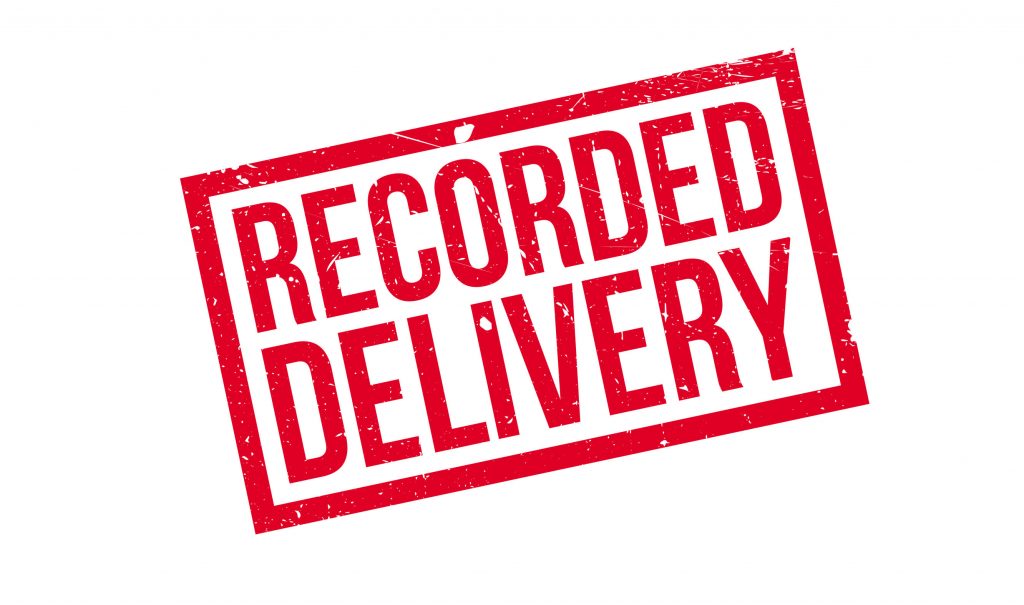Recorded delivery – is it as good as you think where commercial leases are concerned?
As a commercial property lawyer, Ian Hylton is regularly faced with the problem of clients not reading their lease and particularly, not following the outlined ‘method of service’.
The lease specifies how a notice has to be served and if it is not served in the correct way then it is not served at all. Section 196 of the Law of Property Act 1925 is often incorporated into leases and provides, where it is used, how documents must be served. So, to confirm, if a lease states you must serve the notice by recorded delivery or by hand, that is the only means it can be done.
But at least where recorded delivery is concerned, it is the safest option – right? From the cases our commercial property team has dealt with recently they would not be so sure. With recorded delivery, a signature is obtained and a record is in place but under s.196 the letter is not deemed to have been delivered if it is returned undelivered. But what happens if the addressee is not at the property at the time of delivery? A card is left informing them that a delivery is waiting at the post office for them to collect. Of course, in many cases, a recorded delivery letter is not good news – it is a speeding fine, council tax demand or something equally as uninviting, so some people choose to ignore it. This means the notice has not been served. If you are a landlord or tenant exercising an option to break a lease early then this may mean you have now missed the opportunity.
Although this is not a new problem, with today’s volatile market it is becoming increasingly familiar. As it is common to have a five-year lease with a break option at three years, more and more tenants are serving the break option and not waiting for the lease to run out after five years. Therefore, ensuring you follow the correct method of service, so you can exercise your right to break the lease early is critical.
Taking this all into account, our commercial property team’s recommendations are as follows:
1) Note the date – if you have a break notice in your lease – note the date. Usually a break notice has to be served six months beforehand. If it arrives late, even by just one day, then you have lost your opportunity and could end up paying rent for several more years on a property you no long want.
2) Check the address – watch out for service addresses. The address in the lease is not necessarily the address of service because your landlord may have changed. For a company, it is always going to be the address registered at companies House, you cannot go wrong here – unless the lease specifies a different address for service such as on a managing agent, so make sure you read the lease. We do, however, have a lot of overseas landlords and they can be difficult to serve on. How confident are you that you can serve by recorded delivery in the British Virgin Islands right now? As a tenant taking a new lease you should always insist on a UK address for service on the landlord but you cannot guard against the landlord changing address if and when the freehold is sold, so be aware of this happening.
3) Method of service – make sure you have multiple methods of service options listed in the lease. Avoid notice provisions that specify only one method of service. That method must never only be recorded delivery. The statuary law under s.196 of the Law of Property Act is by recorded delivery or service in person. Service in person is always reassuring because it means you can post it through the door yourself. Having multiple methods listed at least provides you with different options, reducing the risk that your notice will be deemed not to have been served.
It is always best to seek advice from a Solicitor because once the lease is completed it cannot be changed without the other parties agreement. When you come to serve your notice it is too late to seek any amendments and you will have to adhere rigidly to the lease requirements.
If you have any questions or require further information, please contact Ian Hylton, Moorcrofts Commercial Property Partner at: ian.hylton@moorcrofts.com or +44 1628 470015



